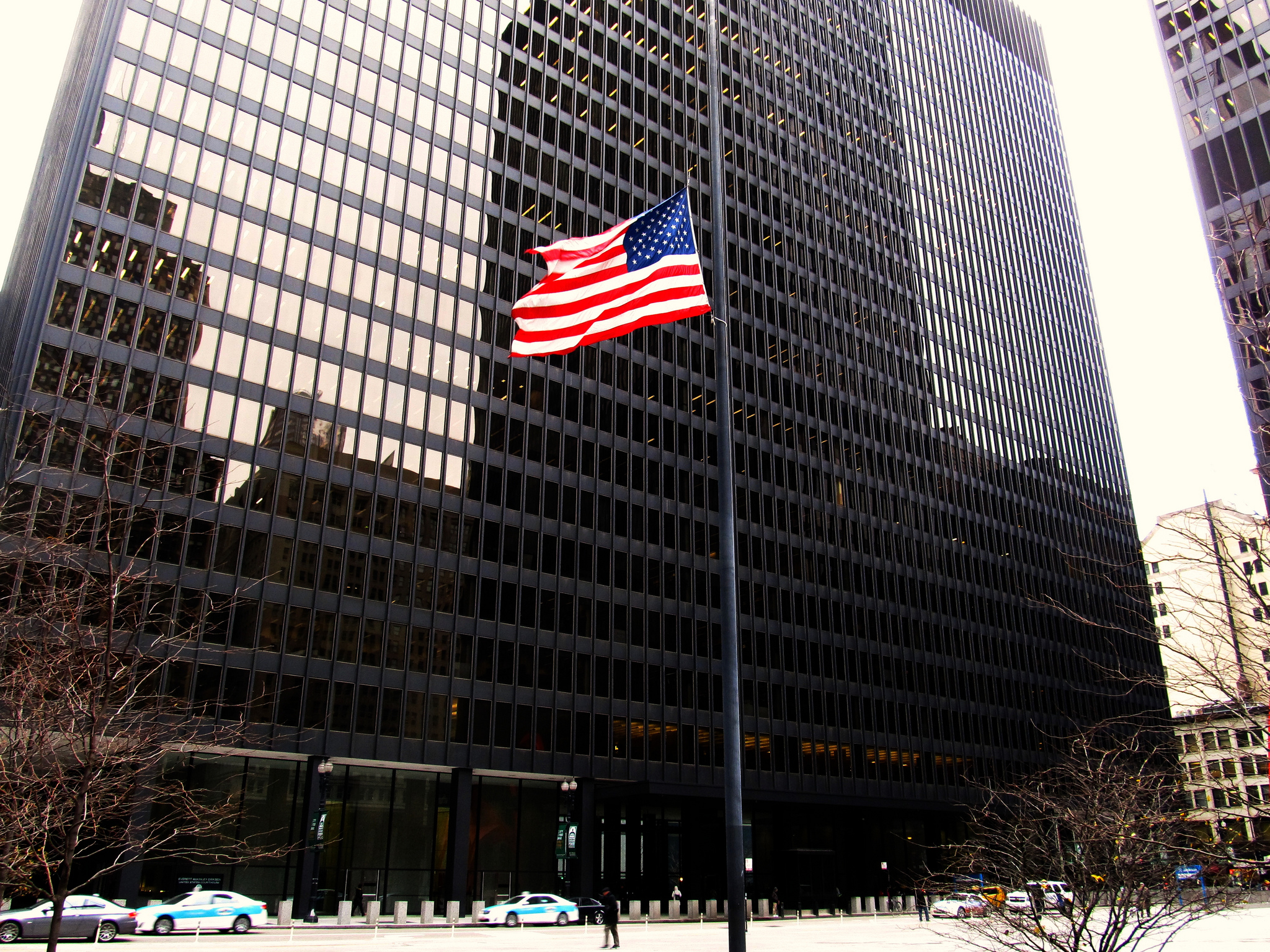This is the third post in the series and it addresses three myths about the Supreme Court with a minimum of legal jargon.
The First Myth. The Supreme Court’s primary function is to do justice.
Reality. The Supreme Court’s primary function is to interpret the Constitution and federal statutes. These interpretations become the supreme law of the land. The Court’s function is not necessarily to do justice in individual cases.
Of course, there are times when interpretations of particular constitutional provisions are considered by many to be just. For example, the equal protection clause of the Fourteenth Amendment, which prohibits racial and other kinds of discrimination by government, is considered to be a just constitutional provision because it is based on the concept of equality.
Another example is the due process clause and its application in criminal cases. Due process has been interpreted to include concepts of justice and fairness so as to protect the rights of criminal defendants to an unbiased court, to confrontation and cross-examination, to be free from self-incrimination, to an attorney, and so on.
What is most important to remember, though, is that Supreme Court decisions are not necessarily just or moral. A Supreme Court decision can uphold an unjust federal or state law as constitutional. For example, the Court in Plessy v. Ferguson unfortunately upheld separate but equal in the racial setting at the end of the 19thcentury.
On the other hand, a Supreme Court decision can rule that a wise and just federal or state law is unconstitutional. For example, the Supreme Court struck down the Violence Against Women Act in United States v. Morrison at the beginning of this century.
The Second Myth. The Supreme Court is a political body like Congress and the President.
Reality. The Supreme Court is the only branch of the national government that is not directly politically accountable to the electorate. The justices have lifetime tenure once appointed in order to insulate them from political pressure. To demonstrate how important judicial independence is, consider that the Court’s rulings are typically complied with on a voluntary basis by those affected. Al Gore’s concession to George Bush after the Court’s ruling in Bush v. Gore is an excellent example of such voluntary compliance.
On the other hand, the justices are human beings who cannot help but be influenced by their upbringing and by contemporary political and social values. Consider, for example, the infamous Dred Scott and Plessy v. Ferguson decisions, where the justices could not distance themselves from their support for white supremacy.
Still, because the justices are not directly answerable to the electorate, it is an important part of their judicial function to avoid applying their personal values, to the extent possible, when they interpret the constitution.
The Third Myth. The Supreme Court simply makes up most of its constitutional decisions.
Reality. It’s much more complicated than that. Some constitutional provisions are very easy to apply because they are very specific. For example, the President must be a natural born citizen, over thirty-five years old and a resident on the United States for fourteen years.
Similarly, it is clear from the text of the Constitution that it is Congress that has legislative powers, it is the President who has executive powers and it is the Supreme Court that has judicial powers. There are many such examples.
In contrast, other provisions of the Constitution, because they are less clear inherently, necessarily require a fair amount of interpretation. What do freedom of speech, freedom of the press, freedom of religion, mean anyway? Does the Fourth Amendment prohibiting unreasonable searches and seizures apply to electronic surveillance, to the internet? The text of the Constitution and the history of these provisions provide no clear answers; obviously the Framers never thought of media such as radio and television, or about electronic surveillance and the internet.
So what does the Court do? The short answer is that the Court usually proceeds cautiously and develops the meaning of these and similar textual provisions on a case by case basis. Typically the justices focus on the values implicit in the constitutional provision they are interpreting. They then ask whether and how to apply those values in the new situation confronting them.
This is what some call judicial restraint, and what others call judicial activism.
Of course, it must be admitted that this gives the justices as individuals, and the Supreme Court as an institution, a good deal of interpretive latitude on such difficult questions. And it must also be admitted that this often generates a great deal of controversy.
However, controversy is one of the costs of being a citizen in a democracy with a Supreme Court that interprets the Constitution. And it is a cost I’m willing to acknowledge and bear.




Leave a Reply